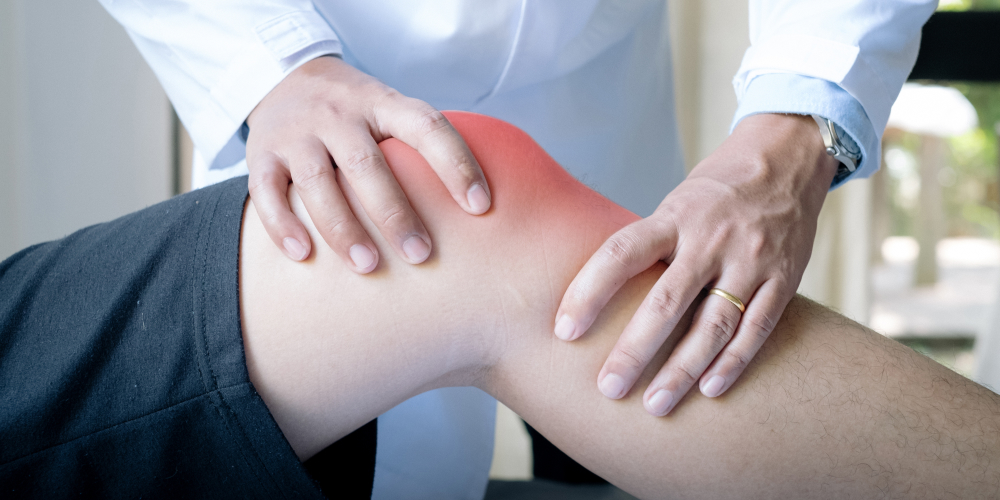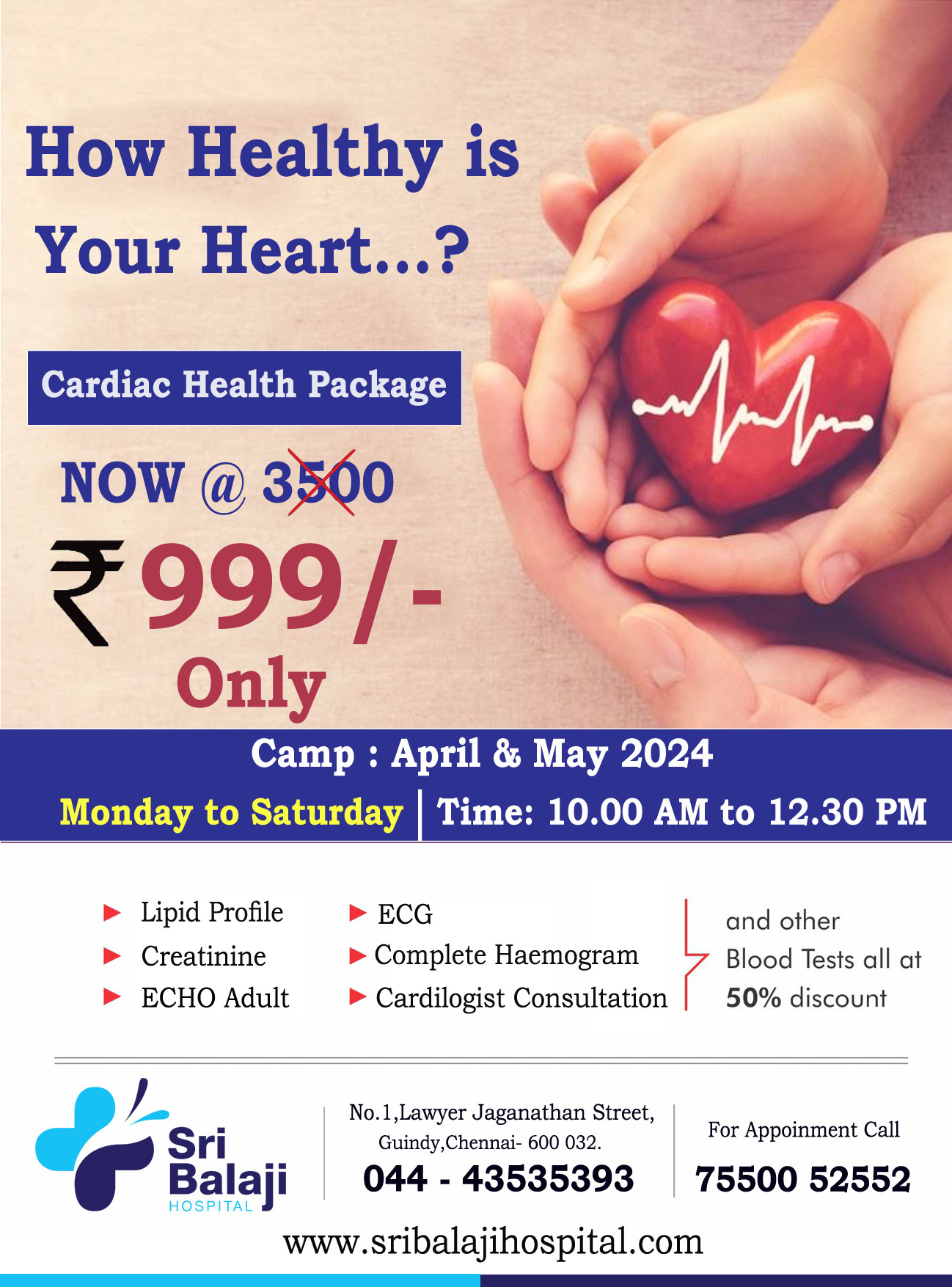Ever dealt with bone or muscle pain? It's not just you. Many people face such issues, from fractures to muscle strains. Most bone and muscle issues occur due to falls and high-intensity strain. This can lead to short-term muscle strains or fatigue, wear and tear, or just age-related problems.
This guide will show you the causes, signs, and ways to get better from these common orthopaedic injuries. Knowing what's wrong and how to fix it means you're on your way to feeling better and stronger.
Understanding Common Orthopaedic Injuries: A Comprehensive Guide
Imagine your body as a network of support and movement held together by flexible connectors. Knowing about these injuries is like reading your body's story of bouncing back. These issues can impact anyone, hampering mobility and quality of life. Understanding the parts of your body prone to orthopaedic injuries helps you stay better prepared to keep them safe and well.
Sprains and Strains
Sprains happen when ligaments, the tissue linking two bones, are stretched too far because of overuse or sudden force. Strains are similar but affect muscles or tendons, the tissue connecting muscle to bone. They cause pain, swelling, bruising, and tenderness in the affected area. The most frequent spots for these injuries are the knee, wrist, and ankle.
Rotator Cuff Injury
The rotator cuff comprises muscles and tendons encircling the shoulder joint, which is crucial for stability and mobility. Injuries to the rotator cuff can result from overuse or sudden trauma, like a fall or lifting heavy objects. Symptoms encompass weakness, pain, restricted shoulder movement, clicking or popping noises during shoulder motions, and challenges in lifting or reaching. A vital indication of a rotator cuff injury is aching shoulder pain exacerbated by movement and alleviated by rest.
Fractures
Fractures, commonly known as broken bones, are a prevalent form of orthopaedic injury. They vary from small cracks in the bone's surface to full breaks, necessitating surgical intervention for effective healing. Fractures may result from accidents, falls, underlying conditions like osteoporosis, or sports mishaps, which weaken bone structure. Ankle, hip, and wrist fractures are among the most frequent types. Symptoms encompass swelling, intense pain, deformity, mobility issues, bruising, and grinding or popping sensations at the injury site.
Tendonitis
Tendinitis refers to the inflammation of a tendon, the fibrous tissue linking muscles to bones. Overuse and repetitive movements, typical in individuals and athletes performing repetitive tasks, often lead to tendinitis. Symptoms may include tenderness, pain, stiffness, or swelling in the affected region. Tendinitis commonly affects areas like the wrists (de Quervain’s syndrome), elbows (tennis elbow), shoulders (rotator cuff tendonitis), knees (jumper’s knee), and hips (bursitis).
ACL Injury
The anterior cruciate ligament (ACL) plays a vital role in stabilising the knee joint by connecting the thighbone to the shinbone. Tears in the ACL commonly arise during sports activities and are characterised by directional shifts and abrupt stops, placing excessive strain on the ligament. Symptoms typically entail pain, swelling, instability in the knee joint, a popping sensation upon injury, and difficulty walking.
Sometimes, orthopaedic injuries may cause persistent pain and discomfort that progresses with time. Such an indication is a warning sign to consult our specialists at Sri Balaji Hospital. Let’s discuss further. Our medical experts will evaluate the symptoms and recommend diagnostic tests to investigate the root cause of the issue. Quicker medical help means quicker treatment and recovery.
Comprehensive Treatment Approaches for Orthopaedic Injuries
What should you do when you hurt yourself? The commonest injuries are the easiest to treat. Start by stopping what you're doing and applying a compression (crepe) bandage to prevent or reduce swelling. Additionally, apply an ice pack. If the pain persists after several minutes to a few hours of following these steps, consult your nearest medical specialist. We will provide you with further guidance to improve symptoms or recommend appropriate investigations such as X-rays, CT scans, or MRIs for the injured area. Surgical intervention is typically avoided unless the investigations indicate that it's necessary for proper healing. All other injuries can and will be treated without surgery. At Sri Balaji Hospital, our goal is to aid in your healing and restore mobility. Remember, maintaining overall health also helps support your bone and muscle health!
Let us now take a look at the treatment methods we adopt for the most common orthopaedic injuries discussed above:
Treating Sprains and Strains
The typical treatment for sprains and strains involves several approaches to promote healing and alleviate discomfort. Rest is essential as it allows the injured tissues to recover. Heat or Ice therapy is beneficial for easing pain and reducing swelling. Compression wraps offer support, aiding in the healing process. Over-the-counter anti-inflammatory medications such as naproxen sodium (Aleve) or ibuprofen are effective for reducing inflammation and pain management. Additionally, physical therapy may be advised to restore mobility and strengthen the affected area.
Treating Rotator Cuff Injury
Treatment for rotator cuff injuries is tailored to the tear's severity. Non-surgical approaches typically involve physical therapy to bolster surrounding muscles, medications like corticosteroids and anti-inflammatories for inflammation reduction and pain management and the utilisation of immobilisation devices such as slings to aid healing and offer support. If conservative treatments prove inadequate, arthroscopic surgery might be required to mend the torn tendon.
Treating Fractures
Fracture treatment usually starts with immobilising the injured area using a splint or cast to ensure proper bone healing. In more complex cases, metal pins or plates might be required to realign and stabilise the bone as it heals. Pain management strategies, along with rehabilitation exercises and physical therapy, may also be incorporated into the treatment regimen to regain flexibility, functionality, and strength.
Treating Tendonitis
Treatment for tendonitis aims to manage pain, foster healing, and ease inflammation. To facilitate recovery, it is essential to rest the affected tendon and avoid activities that worsen symptoms. Engaging in physical therapy exercises can enhance flexibility and strengthen nearby muscles. We may recommend nonsteroidal anti-inflammatory drugs (NSAIDs) to decrease inflammation and help alleviate pain. In instances where tendonitis persists despite other treatments, surgery might be needed to remove or repair damaged tissue.
Treating ACL Injury
The treatment for ACL injuries can vary based on the individual's activity level and the severity of the injury. For minor tears, conservative management such as bracing, physical therapy to enhance stability and strengthen surrounding muscles, and rest may suffice. However, more severe tears may necessitate arthroscopic surgery, potentially involving graft replacement or ACL repair. Rehabilitation and diligent post-operative care are crucial components of ensuring a successful recovery.
Preventing and Managing Common Orthopaedic Injuries
Want to keep your bones and muscles safe and continue your physical activities? Here are some effective tips:
- Focus on body and muscle flexibility. Regular stretching exercises like yoga can go a long way in keeping your muscles flexible and reducing the risks of day-to-day injuries.
- Use the right gear for whatever activity you are involved in, like using good shoes for running, for instance.
- Gradually increase your level of physical activity to get accustomed to more movement.
- Tweak your daily habits to align with your body.
- Dealing with an ongoing issue? Keep moving and follow our specialist’s advice.
- If you experience pain, don’t wait. Seeking immediate medical help can make a big difference.
Knowing When to Seek Medical Attention for Orthopaedic Injuries
Whether it is as serious as bone pain, swelling or as mild as weakness in your limbs, seek help immediately. These could be emergency signs. Consult our specialists if you're experiencing severe pain or can’t use the injured part of your body. Knowing when to get help is just as crucial as avoiding injuries in the first place.
Advancing Your Journey to Orthopaedic Health
Dealing with an injury isn't easy. But identifying the problem early and getting the right help can change everything. Sri Balaji Hospital knows how to care for these issues. We have the best orthopaedic surgeon in Chennai on our team to give you the right treatment.
Whether you need scans, exercises, or surgery, our experts will help you on the road to recovery. Your health matters, so taking that first step towards getting better is key. Reach out for the care you need, and let's get started on getting you back to health.

